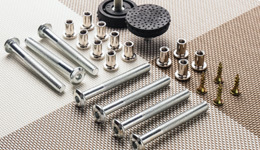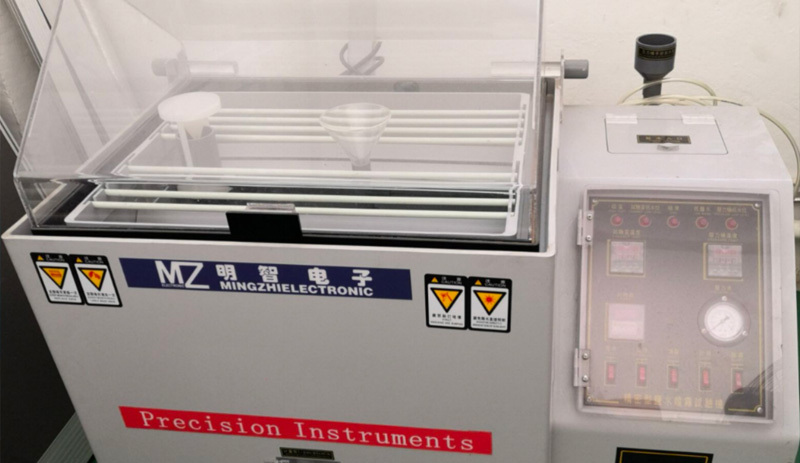Detailed explanation of the factors affecting the quotation of medical connector injection molds.
Release time:
2024-12-25
In the field of medical device manufacturing, the pricing of medical connector injection molds is a complex issue influenced by many factors. This article will delve into these factors to help readers understand the pricing mechanism of medical connector injection molds and provide references for industry professionals to develop reasonable pricing strategies.
1. Complexity of Mold Design: A Key Factor Affecting Pricing
Product Structure
The internal channels of medical connectors are complex, such as minimally invasive surgical connectors, which have a high difficulty in core design, require special structures for demolding, and uneven cooling complicates the process, leading to high costs. High-precision threads and snap-fit structures have small tolerances, and the demolding mechanism is complex, significantly increasing manufacturing costs.
Parting Surface Design
The parting surface affects mold processing and product quality. The design of complex connector parting surfaces is intricate, and the presence of undercuts increases the difficulty of part assembly, simulation time, and costs.
Demolding Mechanism
Complex-shaped medical connectors require special demolding mechanisms. To ensure precision and quality, the movements must be smooth, requiring special device materials and experimental optimization, which increases design difficulty and costs.
2. Mold Materials: Balancing Performance and Price
Relationship Between Performance and Price
Medical connector injection molds need to be pressure-resistant, wear-resistant, corrosion-resistant, and thermally stable. High-performance materials like H13 and S136 steel meet performance requirements but are expensive, increasing manufacturing costs.
Impact of Brand Quality
Materials from well-known brands have superior quality but are expensive, such as those from Sweden's ASSAB. Ordinary brand materials are cheaper but have slightly lower mold life and precision, so choices must consider production needs, cost budgets, and mold life precision requirements comprehensively.
3. Mold Size and Specifications: Important Factors for Cost Variation
Impact of Product Size
Large medical connectors, such as large infusion tube connectors, require more materials, increase energy consumption and labor hours, and have high precision requirements for equipment specifications, leading to increased costs.
Relationship of Cavity Count
Increasing the number of cavities can improve production efficiency, but the mold structure becomes more complex. Changing from a single cavity to multiple cavities requires a complex injection system, and the layout of multi-cavity mold flow channels and ejection mechanisms is complicated, increasing design and manufacturing difficulty and costs.
4. Processing Precision and Surface Quality: Quality Improvement and Cost Increase
Improvement of Dimensional Precision
To achieve high precision, advanced equipment and processes such as high-speed milling and slow wire cutting are required. The equipment is expensive and difficult to maintain, and labor costs are high, increasing processing costs.
Surface Roughness Requirements
The surface roughness of the mold cavity and core must reach Ra0.8 - Ra0.2μm, requiring multiple fine polishing processes, using high-quality materials and equipment, which increases labor intensity and reduces efficiency, raising costs, but good surface quality is important for product performance.
5. Production Volume and Service Life: Considerations for Long-term Costs
Impact of Expected Output
In large-scale production, molds require high-quality materials and reinforced structures, and long-term production requires processing and maintenance, increasing costs.
Relationship of Mold Life
Long-life molds have high initial costs but require less replacement, which can reduce downtime and labor costs; short-life molds have low initial costs but require frequent replacements, which may lead to higher overall costs. Choosing molds requires comprehensive consideration of production needs and cost budgets.
6. Manufacturing Processes and Technical Level: Key Factors for Cost Control
Impact of Processing Technology
Advanced processes such as high-speed cutting and electrical discharge machining require equipment, which incurs high procurement and maintenance costs, as well as significant consumable costs, directly increasing manufacturing costs. However, they can improve mold precision and efficiency, shorten manufacturing cycles, and reduce long-term costs.
Content sourced from the internet. If there are any issues, please contact us for removal.
Focus on hot spots














